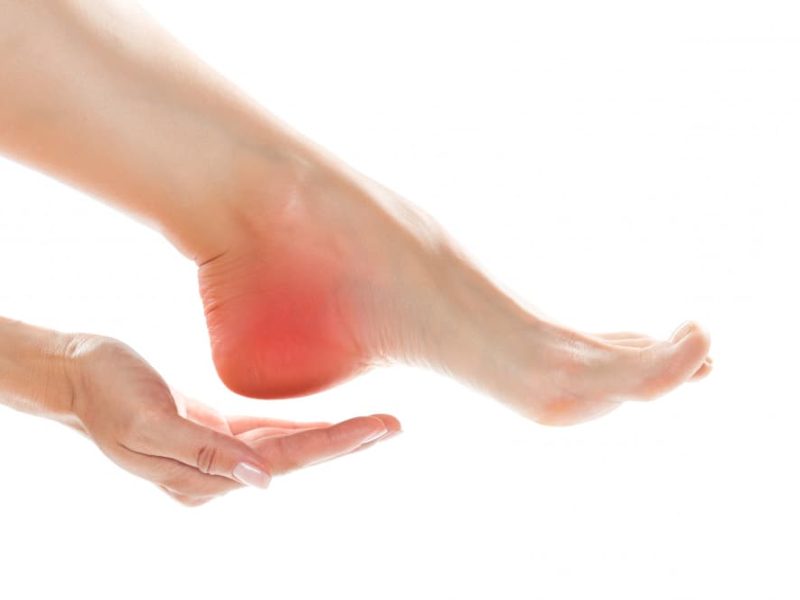Heel Spur

Plantar Fasiit Heel Spur
What are the Symptoms of Plantar Fasciitis?
Plantar fasciitis typically causes a stabbing pain in the bottom of the foot, specifically in the heel area. The pain is usually intense when taking the first steps after getting out of bed in the morning. It can also be severe when standing up after long periods of sitting. The pain often occurs after exercise.
Causes
The plantar fascia is a band-like tendon that supports the arch of the foot and absorbs shock while walking. If there is excessive tension and stress on this tendon, small tears can occur. Repetitive stretching and tearing can irritate or inflame the fascia. However, the exact causes of many plantar fasciitis cases still remain uncertain.
Who is at Risk?
While plantar fasciitis can develop without an obvious cause. Certain factors can increase the risk of developing this condition. These include:
-Age;
It is most commonly seen between the ages of 40 and 60.
-Specific types of exercise;
Activities that exert excessive pressure on the heel and related tissues. Such as long-distance running, ballet, and aerobic dance.
–Foot mechanics;
Conditions like flat feet, high arches, and abnormal walking patterns can affect the distribution of weight while standing. Thus apply additional pressure on the plantar fascia.
-Obesity
-Occupation;
Individuals who spend long periods standing or walking on hard surfaces due to their profession. Such as laborers or teachers, are more prone to developing plantar fasciitis.
How is it Diagnosed?
Plantar fasciitis is primarily diagnosed based on medical history and physical examination. During the examination, the doctor checks for tender points on the foot. The location of pain can help determine the underlying cause. Usually, no tests or imaging methods are necessary. X-rays or MRI may be used to ensure that there is no other issue causing the pain. Such as a stress fracture.
Sometimes an X-ray may show a bony protrusion (spur) extending from the heel bone. In the past, these bone spurs were often blamed for heel pain and surgically removed. However, it has been observed that many people with a heel spur do not experience heel pain.
How is it Treated?
Most patients find relief within a few months through conservative treatment methods. Such as applying ice to the painful area, stretching exercises and rest. Pain caused by inflammation can be reduced with pain relievers like ibuprofen or naproxen sodium.
Physical therapy can help alleviate symptoms by stretching the plantar fascia and Achilles tendon and strengthening the muscles in the lower leg. The use of night splints, which keep the plantar fascia and Achilles tendon stretched in a flexed position overnight, is also an option. Using orthotics that allow for more even distribution of pressure on the foot is another treatment option.
If the above-mentioned treatment methods do not provide relief, other treatment options can be considered. Injections are one of these methods. Steroid (cortisone) injections into the tender area can help alleviate pain. Multiple injections are not recommended. They can weaken the plantar fascia and potentially cause tears. Platelet-rich plasma (PRP) injections, derived from the patient’s own blood. It can be used to support tissue healing.
Extracorporeal shock wave therapy (ESWT) directs sound waves to the area of heel pain. It is typically used in chronic cases that do not respond to more conservative treatments. Some studies have shown promising results, but its long-term effectiveness is not definitive.
Surgical treatment involves separating the plantar fascia from the heel bone in cases where non-surgical methods have not been effective. It is usually indicated in severe cases of pain. This surgery can be performed endoscopically or through an open procedure with a small incision.
You can contact for detailed information and make an appointment from the contact page.
